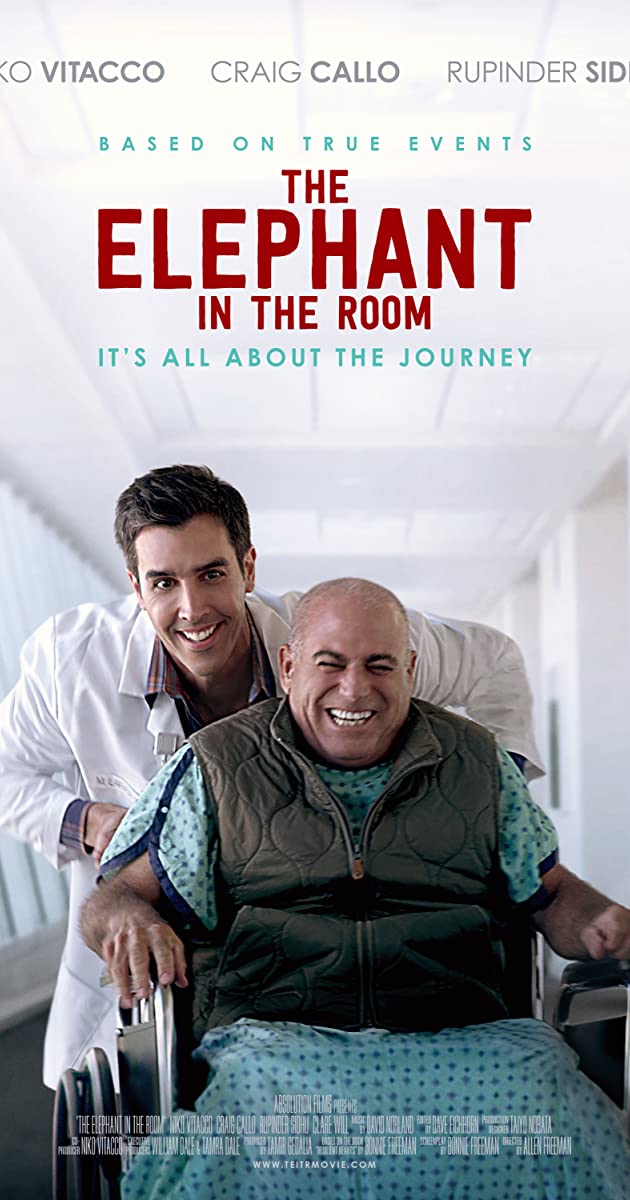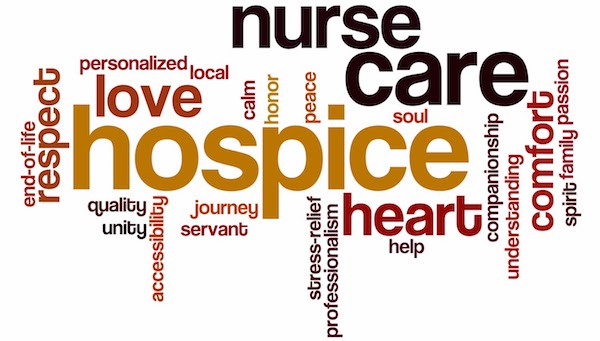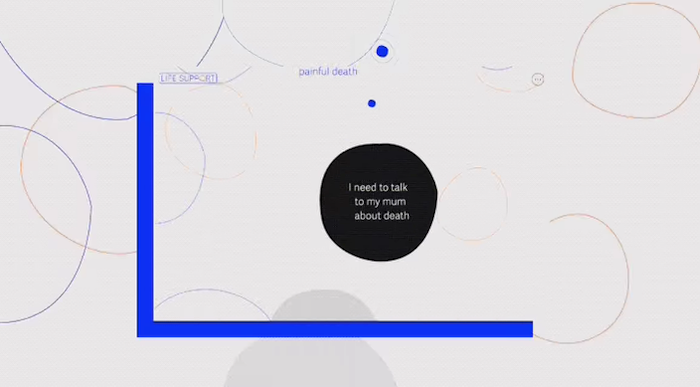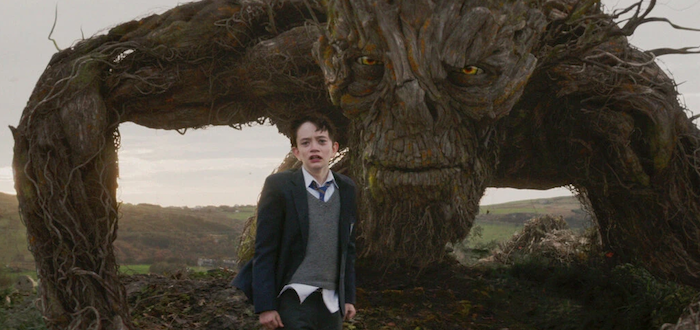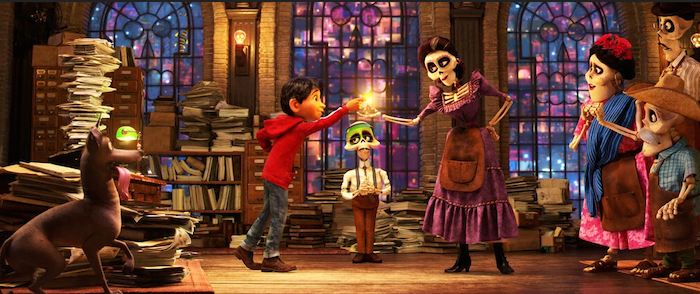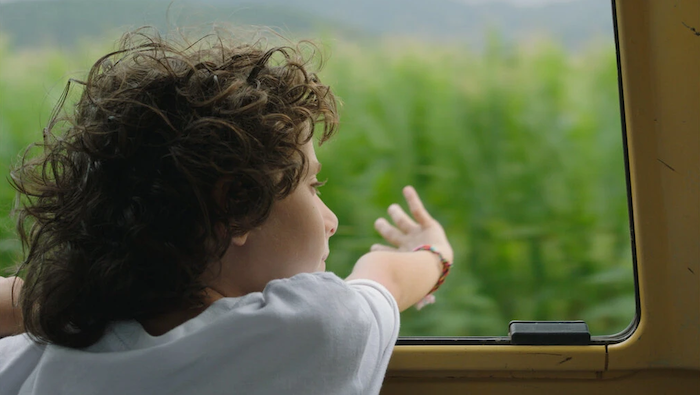Advice to keep a sad event from becoming even more painful

By Consumer Reports
Responsibility for the various actions can be divided among family members and close friends of the deceased.
Immediately
1. Get a legal pronouncement of death. If no doctor is present, you’ll need to contact someone to do this.
- If the person dies at home under hospice care, call the hospice nurse, who can declare the death and help facilitate the transport of the body.
- If the person dies at home unexpectedly without hospice care, call 911. Have in hand a do-not-resuscitate document if it exists. Without one, paramedics will generally start emergency procedures and, except where permitted to pronounce death, take the person to an emergency room for a doctor to make the declaration. Keep in mind that do-not-resuscitate laws vary at the state level and if a person does not want to be resuscitated, “calling 911 is not necessary” according to the National Institute on Aging. “If the death is not unexpected, you might call the individual’s physician first,” says Lori Bishop, vice president of palliative and advanced care at the National Hospice and Palliative Care Organization.
-
2. Arrange for transportation of the body. If no autopsy is needed, the body can be picked up by a mortuary (by law, a mortuary must provide price info over the phone if you ask for it) or crematorium.
3. Notify the person’s doctor or the county coroner.
4. Notify close family and friends. (Ask some to contact others.)
5. Handle care of dependents and pets.
6. Call the person’s employer, if he or she was working. Request info about benefits and any pay due. Ask whether there was a life-insurance policy through the company.
Within a Few Days After Death
7. Arrange for funeral, memorial service, and burial or cremation. Search the person’s documents to find out whether there was a prepaid burial plan. Ask a friend or family member to go with you to the mortuary. Prepare an obituary.
8. If the person was in the military or belonged to a fraternal or religious group, contact that organization. It may have burial benefits or conduct funeral services.
9. Secure the person’s home. Or ask a friend or relative to keep an eye on it, answer the phone, collect mail, throw food out, water plants, and keep minimal heat on to avoid frozen pipes if it’s winter in a colder climate.
Up to 10 Days After Death
10. Obtain the death certificate (usually from the funeral home). Get multiple copies; you’ll need them for financial institutions, government agencies, and insurers.
11. Take the will to the appropriate county or city office to have it accepted for probate. Check your state’s laws, which may require you to file the will within a set period of time.
12. If necessary, the estate’s executor should open a bank account for the deceased’s estate.
13. Contact the following:
- A trust and estate attorney, to learn how to transfer assets and assist with probate issues.
- Police, to have them periodically check the deceased’s house if vacant.
- An accountant or a tax preparer, to find out whether an estate-tax return or final income-tax return should be filed.
- The person’s investment adviser, if applicable, for information on holdings.
- Banks, to find accounts and safe deposit box.
- Life insurance agent, to get claim forms.
- The Social Security Administration (800-772-1213; ssa.gov) and other agencies from which the deceased received benefits, such as Veterans Affairs (800-827-1000; va.gov), to stop payments and ask about applicable survivor benefits. The SSA, like the VA, recommends immediately reporting the person’s death, though in many cases the funeral home will handle this.
- Agency providing pension services, to stop monthly checks and get claim forms.
- Utility companies, to change or stop service, and Postal Service, to stop or forward mail. Reach out to other companies to stop recurring bills and subscriptions. If home is vacant, contact the insurer to switch to a vacant policy. If home is under a mortgage, contact the lender.
- The IRS, credit-reporting agencies, and the DMV to prevent identity theft.
- Social media companies, such as Facebook or LinkedIn, to memorialize or remove an account.
Know the Person’s Wishes
For an elderly friend or relative:
- Know the location of the will, birth certificate, marriage and divorce certificates, Social Security information, life-insurance policies, financial documents, and keys to safe deposit box or home safe. Ask the person to create an inventory of their digital assets (such as email, social networks, and digital files) and include a plan for these assets in their will.
- Ask about the person’s wishes concerning funeral arrangements, organ and brain donation, and burial or cremation.
- Have the person complete an advance directive, including a living will, which specifies wanted and unwanted procedures. The person should also appoint a healthcare proxy to make medical decisions if he or she becomes incapacitated. Some who are more seriously ill might also consider a Physician Orders for Life-Sustaining Treatment in addition to an advance directive.
- Ask the person about end-of-life care, such as palliative and hospice care (which have key differences), and what their insurance will cover. Medicare, which covers most elderly Americans, will cover hospice care. Palliative care is growing in popularity, but “keep in mind that anyone with six months or less to live should have access to hospice,” Bishop says.
- Have a do-not-resuscitate order drawn up if the person desires. That tells healthcare professionals not to perform CPR if the person’s heart or breathing stops and restarting would not result in a meaningful life.
- Make sure the person gives copies of the documents to his or her doctor and a few family members or friends. Take the documents to the hospital if the person is admitted.
Complete Article ↪HERE↩!

